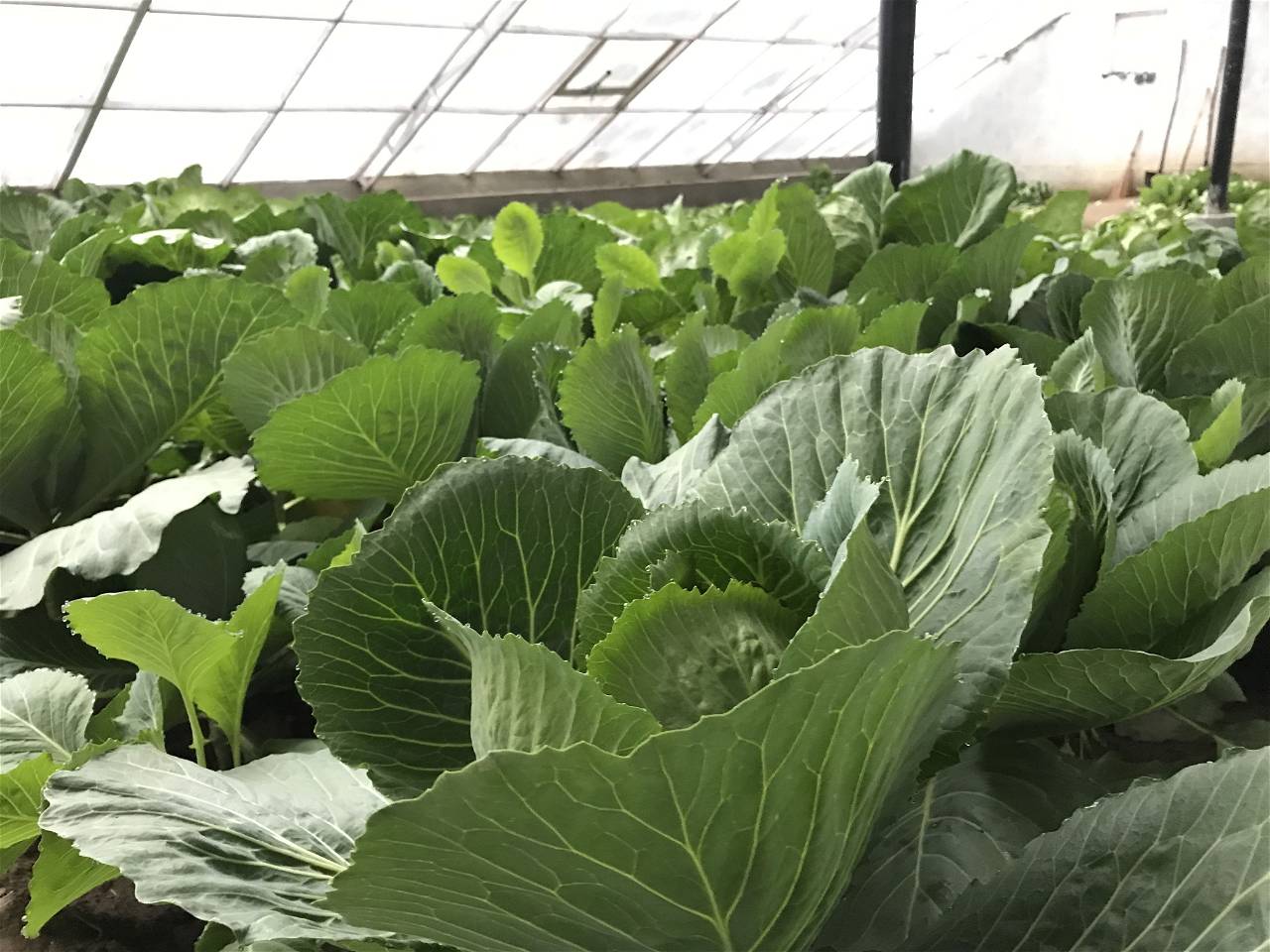
Ladakh is a land with a cold and dry climate, it also only receives rainfall of roughly 3 inches (80 mm) which has actually confined its vegetation to valleys and sheltered spots scattered across the lands.
This has also restricted the growth of vegetables to just the summer months which are generally just 4 or 5 months per year. As a result, most farmers use single cropping, whereas double cropping is only practicable in sections of Ladakh that are less than 3,000 metres above mean sea level.
Due to a scarcity of locally cultivated veggies, they must be obtained from outside the region by goods trucks from Manali (480 km) and Srinagar (420 km) and cargo aircraft from Delhi or Chandigarh, where freight prices can occasionally exceed Rs 110 per kg. This huge spike in prices due to freight rates have also led to Leh district administration intervening and artificially fixing the prices so that it would be more affordable for the people in Ladakh.
The conception of Greenhouse Technology to mitigate availability of places for farming.
Due to the high prices of imports and the unavailability of vegetation actually became a really critical issue which needed to be solved as soon as possible, and has led, to the creation of a novel type of the Ladakh Greenhouse, a passive solar greenhouse, for local farmers by researchers at the Defence Institute of High Altitude Research (DIHAR) lead by senior scientist Dr Tsering Stobdan created a novel type of the Ladakh Greenhouse, a passive solar greenhouse, for local farmers.
Dr Storban the lead scientist that is leading this research group told the press that “We studied the positives and drawbacks of traditional greenhouses, which are used extensively in Ladakh. Accordingly, four major changes were made. We replaced the polyethylene sheet with a triple-layer polycarbonate sheet. This results in over 7-8 degree Celsius increase in temperature at night during the winter season since polycarbonate has much better insulating properties. Second, the unbaked mud bricks were replaced with stone walls since the latter has more heat-absorbing capacity. The heat absorbed during the daytime is released back into the greenhouse at night. Third, we have constructed the greenhouse three feet below the ground level.
Therefore, the ground heat helps in keeping the greenhouse warm in winter. Finally, we standardised the length, height and width of the greenhouse,”
Tashi Tsetan the Chief Agricultural Officer of UT (Union Territory) Ladakh also stated that “DIHAR developed the technology, but they have transferred it to the Department of Agriculture, UT Ladakh. The installation of the Ladakh Greenhouse is being done by the department. We are providing farmers with a 75% subsidy for the construction of this greenhouse. Thus far, we have installed about 100 such greenhouses for farmers in Ladakh, which include the Medium type one and for domestic use,”
Chief Agricultural Officer of Ladakh also went on to say that “During the installation process, the farmer’s job is only to construct the walls. The department has to provide cladding materials (polycarbonate sheets), frame, door and window and ventilators, etc,”
This step taken by the govt to provide greenhouses on subsidy to the Local farmers of Ladakh is a step that will surely boost food production and help in alleviating the rice in prices of farm goods in the region.
















